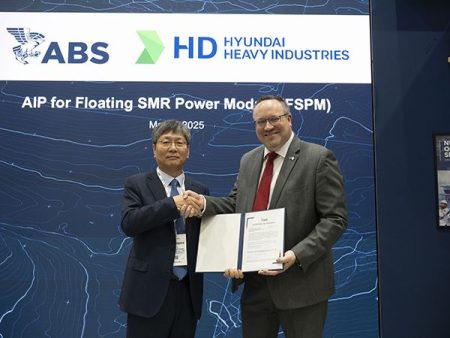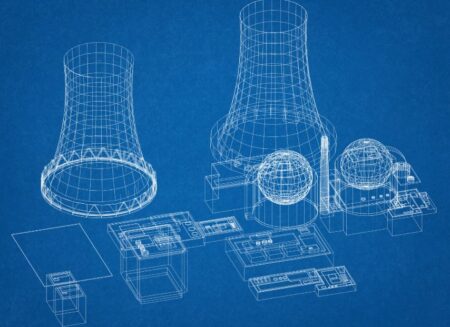Researchers from RMIT claim that a novel electrolysis method enhanced by sound waves has unlocked the door to green hydrogen generation that is more affordable and energy-efficient. These high-frequency vibrations increase the hydrogen produced by ordinary electrolysis by 14 times.
Green hydrogen is emerging as a significant zero-emissions fuel that carries a higher density of electrons and facilitates quick recharging in situations where batteries are unable to carry enough energy or charge sufficiently quickly. Through electrolysis, which separates water molecules into hydrogen and oxygen using renewable energy to draw each gas to a distinct electrode where the hydrogen may be trapped, compressed, and stored, green hydrogen can be produced.
So why does the RMIT team’s 10-MHz hybrid sound wave play such a significant role in how well this process functions? According to a study that was just published in the journal Advanced Energy Materials, there are several explanations.
First, shaking the water causes the molecules closest to the electrodes to become “frustrated,” causing them to leave the tetrahedral networks they usually form. As a result, there are more “free” water molecules available to interact with the electrodes’ catalytic sites.
Second, the vibrations shake the bubbles loose because the various gases gather as bubbles on each electrode. Because those bubbles prevent the electrode from making contact with the water and slow down the reaction, this quickens the electrolysis process. Additionally, the sound facilitates mass transport by producing convection currents and hydronium (positively charged water ions).
The scientists selected electrodes with typically poor performance for their experiments. The RMIT team chose to use less expensive gold electrodes and an electrolyte with a neutral pH level instead of the more expensive and rare platinum or iridium metals and very acidic or basic electrolytes that are generally used to achieve the fastest reaction rates. The crew turned on the sound vibrations, and immediately noticed a startling increase in current density and reaction pace by a factor of 14.
So in this case, you won’t receive 14 times as much hydrogen for a given amount of energy used in an electrolyzer. The water splits into hydrogen and oxygen more quickly and easily in this scenario. And that does have a remarkable impact on an electrolyzer’s overall effectiveness.








